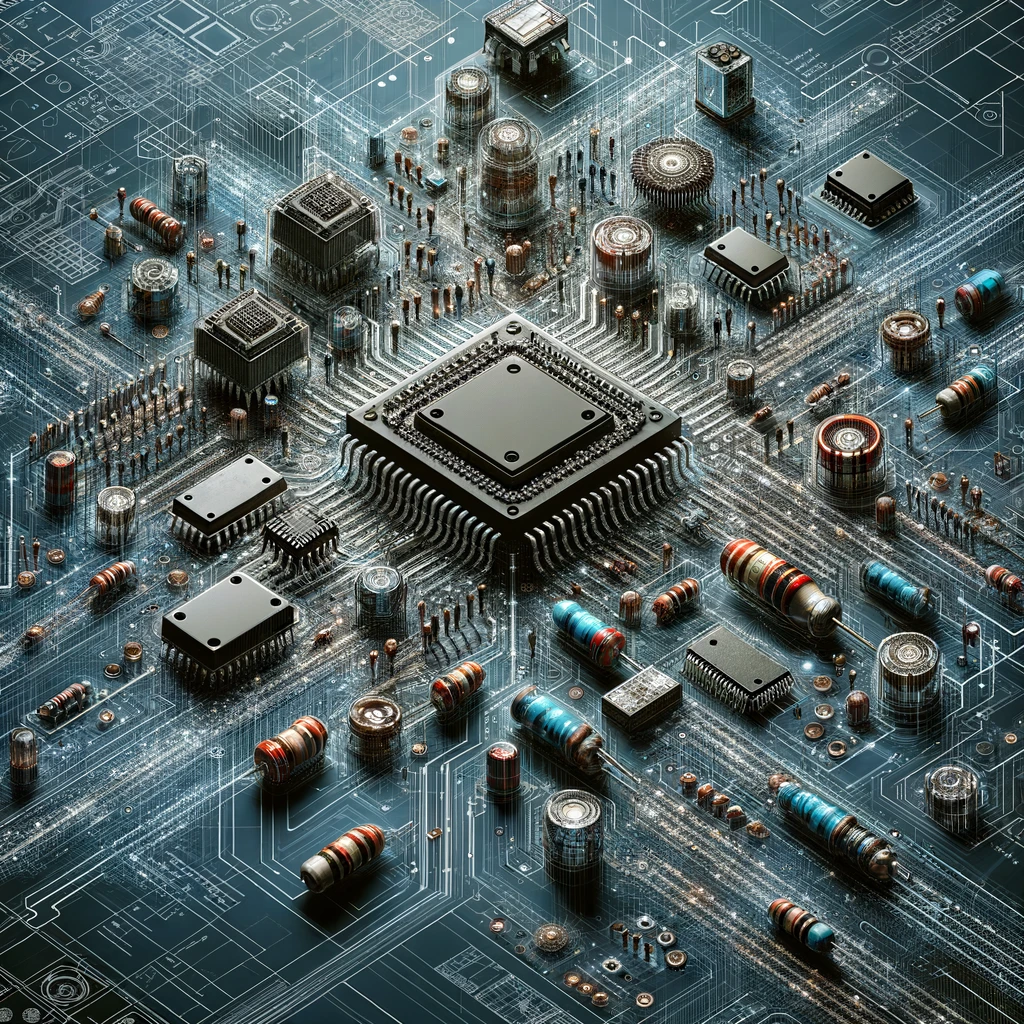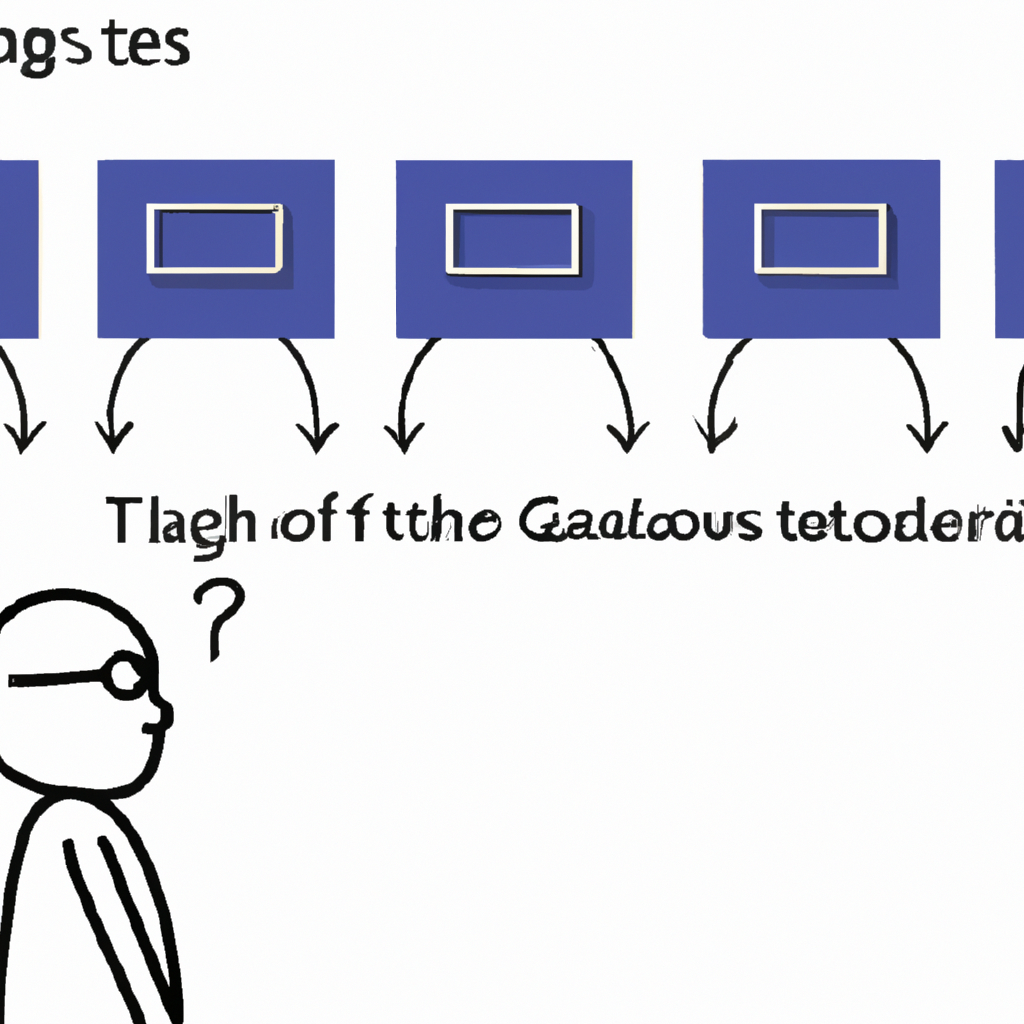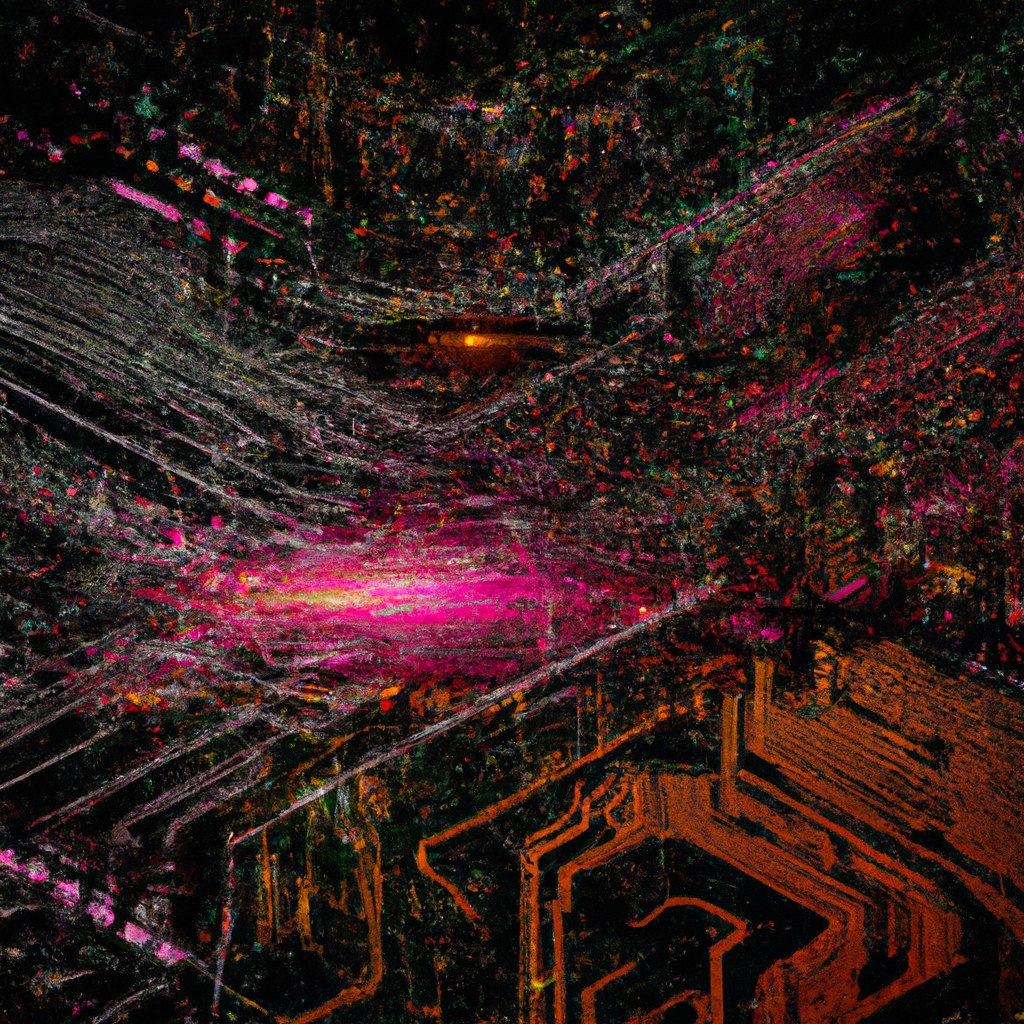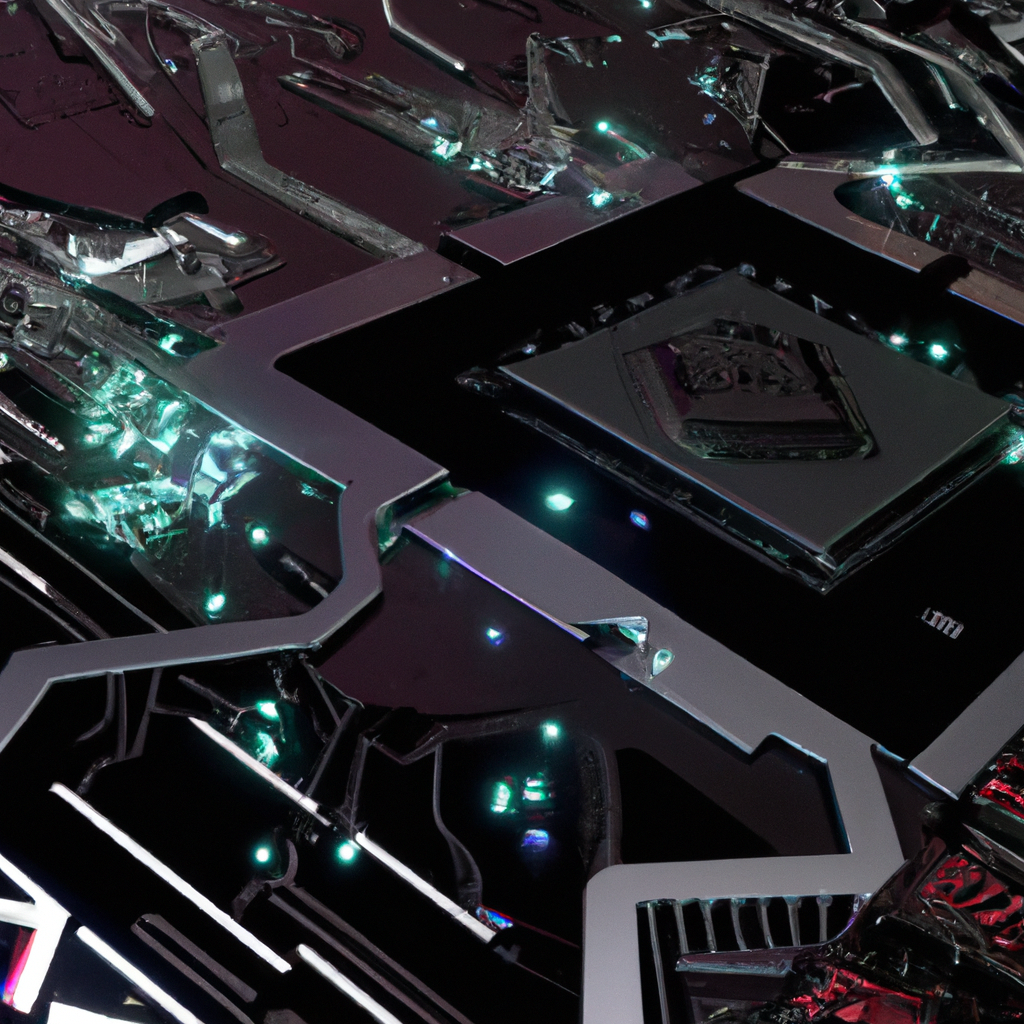In recent years, the field of circuitry research has witnessed remarkable advancements, particularly in the realm of neural interfaces. These breakthroughs have opened up unprecedented possibilities for connecting the human brain to bionic devices, revolutionizing healthcare and human augmentation. In this article, we delve into the cutting-edge developments in circuitry research that are paving the way for advanced neural interfaces. From improved signal processing to enhanced biocompatibility, these advancements hold the potential to transform the lives of individuals with neurological disorders, as well as propel human capabilities to unprecedented levels.

The Evolution of Neural Interfaces
Neural interfaces, also known as brain-computer interfaces (BCIs), have come a long way since their inception. Early iterations faced limitations in terms of signal quality, invasiveness, and compatibility with the human brain. However, recent breakthroughs have addressed many of these challenges, propelling the field into a new era of possibilities.
Signal Processing: Unleashing the Power of Neural Signals
One of the key areas of advancement in circuitry research for neural interfaces lies in signal processing. By improving the extraction and interpretation of neural signals, researchers have been able to achieve higher levels of accuracy and precision in translating brain activity into actionable commands. Advanced algorithms and machine learning techniques have played a crucial role in deciphering the complex patterns of neural signals, enabling more intuitive control of prosthetic limbs, virtual reality environments, and even the restoration of sensory perception.
Biocompatible Materials: Bridging the Gap Between Biology and Technology
For neural interfaces to seamlessly integrate with the human body, biocompatibility is of utmost importance. Traditional materials used in circuitry, such as silicon, often face compatibility issues with neural tissue, leading to adverse reactions and limited lifespan. However, recent breakthroughs in material science have paved the way for the development of biocompatible materials that can interact harmoniously with the brain.
One such breakthrough involves the use of flexible and stretchable materials, such as graphene and conductive polymers. These materials not only mimic the mechanical properties of neural tissue but also enable seamless integration with the brain, minimizing tissue damage and promoting long-term functionality. Additionally, advancements in bioelectrodes and neural probes have further enhanced biocompatibility, allowing for more precise and stable recordings of neural activity.
Wireless Communication: Unleashing Mobility and Freedom
Gone are the days when neural interfaces were tethered by cumbersome wires and cables. The advent of wireless communication has revolutionized the field, enabling greater mobility and freedom for individuals utilizing neural interfaces. Wireless technologies such as Bluetooth and Wi-Fi have eliminated the need for physical connections, enhancing the usability and practicality of neural interface devices.
Moreover, the development of implantable wireless devices has opened up new frontiers for neural interfaces. These miniaturized implants can wirelessly transmit and receive signals, eliminating the need for external components and reducing the risk of infection and complications. As a result, individuals with neural interfaces can now experience greater comfort and freedom in their daily lives.
The Future of Neural Interfaces
The advancements in circuitry research for neural interfaces are just the tip of the iceberg. The continuous evolution of this field holds immense potential for the future of healthcare and human augmentation. Let us explore some exciting areas of research that are shaping the future landscape of neural interfaces.
Closed-Loop Systems: Creating Synergy Between Brain and Machine
Closed-loop systems, also known as brain-machine interfaces (BMIs), represent a paradigm shift in the field of neural interfaces. By establishing bidirectional communication between the brain and external devices, these systems enable a seamless and symbiotic relationship between humans and machines. Closed-loop systems have the potential to revolutionize the treatment of neurological disorders, such as Parkinson’s disease, by providing real-time feedback and adaptive stimulation to alleviate symptoms.
Neural Lace: Bridging the Gap Between Humans and Artificial Intelligence
The concept of a neural lace, popularized by science fiction, is inching closer to reality. Neural lace refers to a mesh-like interface that can be interwoven with the neural tissue, augmenting human capabilities and facilitating direct communication with artificial intelligence systems. This futuristic technology holds immense potential for enhancing cognitive abilities, memory retention, and even enabling telepathic communication.
Optogenetics: Illuminating the Brain with Light
Optogenetics is an emerging field that combines optics and genetics to control and manipulate neural activity using light. By introducing light-sensitive proteins into specific neurons, researchers can selectively activate or inhibit neural circuits with high precision. This technology has the potential to revolutionize the treatment of neurological disorders, as well as provide insights into the functioning of the brain.
Conclusion
The breakthroughs in circuitry research for neural interfaces are propelling us toward a future where the boundaries between humans and technology blur. From improved signal processing to enhanced biocompatibility and wireless communication, these advancements are revolutionizing healthcare and human augmentation. As we continue to unravel the mysteries of the brain and push the boundaries of circuitry, the possibilities for advanced neural interfaces are limitless. The future holds the promise of seamless integration between humans and machines, unlocking new levels of human potential and transforming the way we perceive and interact with the world.





